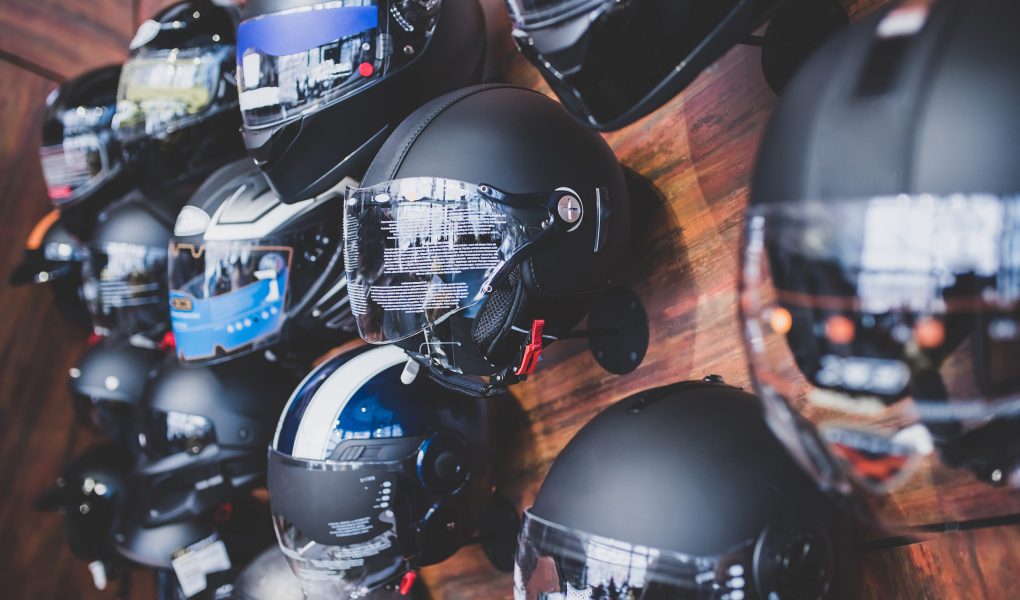lotusyouthcouncil.com – Choosing the right motorcycle helmet is crucial for your safety while riding. Here are some essential factors to consider when selecting a helmet that suits your needs:
1. Helmet Type
- Full-face Helmet: Offers the highest level of protection, covering the entire head and chin. Ideal for high-speed riding or racing.
- Modular Helmet: Combines the safety of a full-face helmet with the convenience of a flip-up face shield, making it versatile for various riding conditions.
- Open-face Helmet: Provides less protection but is suitable for casual riders or those who prefer a more open riding experience.
- Off-road Helmet: Designed for dirt bike riding, featuring a peak to protect from the sun and flying debris.
2. Material
- ABS Plastic: Commonly used for its durability and affordability, but not as strong as other materials.
- Composite Materials: Offer a balance of strength and weight, making them a good choice for most riders.
- Carbon Fiber: The strongest and lightest material, but also the most expensive.
3. Fit
- Measure Your Head: Use a soft measuring tape to measure the circumference of your head just above your eyebrows and ears. This measurement will help you find the right size helmet.
- Try It On: Always try on helmets before buying to ensure a snug fit. The helmet should sit level on your head and not move around when you shake your head.
4. Safety Standards
- Certifications: Look for helmets that meet safety standards such as DOT (Department of Transportation) or ECE (Economic Commission for Europe).
- Impact Resistance: Check the helmet’s ability to absorb and disperse impact energy, which is crucial for protecting your head in case of a crash.
5. Ventilation
- Adequate Ventilation: A helmet with good ventilation can prevent overheating and fogging of the visor, enhancing comfort and visibility.
6. Visor and Lenses
- Visor Quality: Opt for a helmet with a clear, scratch-resistant visor that provides good visibility in all weather conditions.
- Interchangeable Lenses: Some helmets offer the option to change lenses for different light conditions, which can be particularly useful for riders who ride in various weather conditions.
7. Comfort and Ergonomics
- Padding and Liners: High-quality padding and removable liners can enhance comfort and hygiene.
- Ear Protection: If you ride in noisy environments, consider a helmet with built-in ear protection or earplug compatibility.
8. Style and Design
- Personal Preference: While safety should be the top priority, choosing a helmet that fits your personal style can also enhance your riding experience.
By considering these factors, you can select a motorcycle helmet that not only meets your safety needs but also enhances your comfort and style on the road. Always prioritize safety and ensure your helmet fits properly to maximize its protective benefits.

